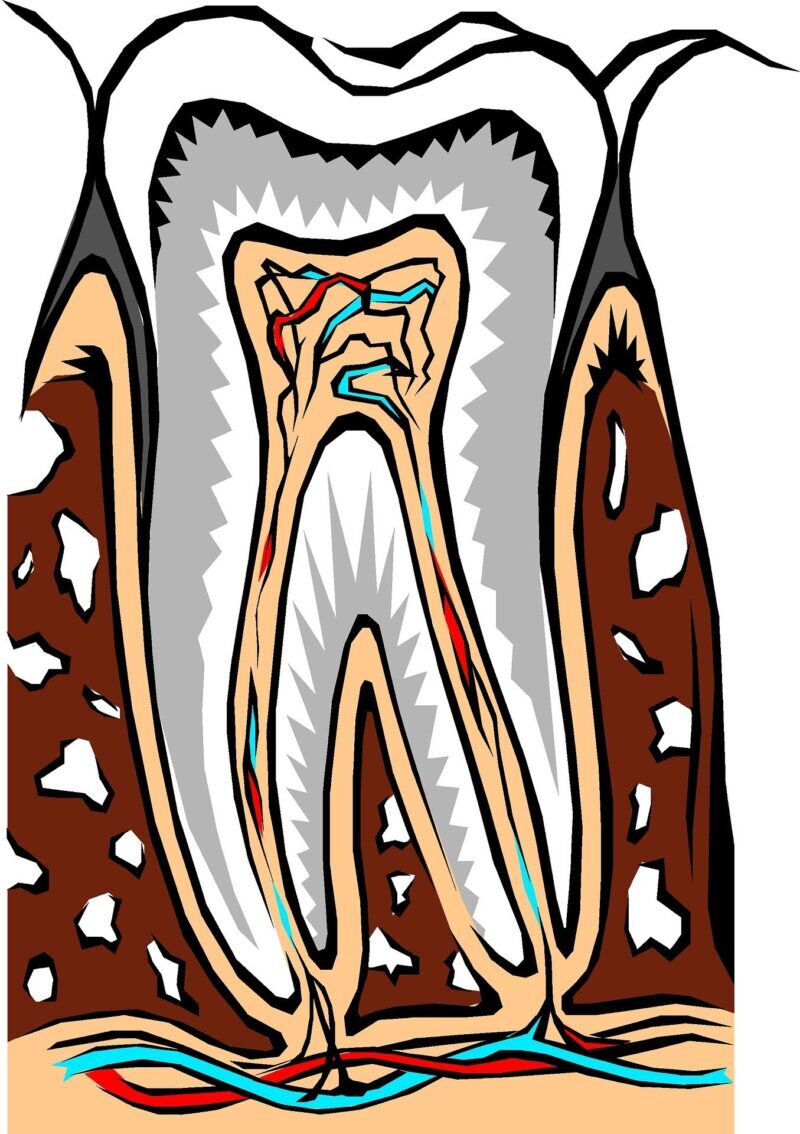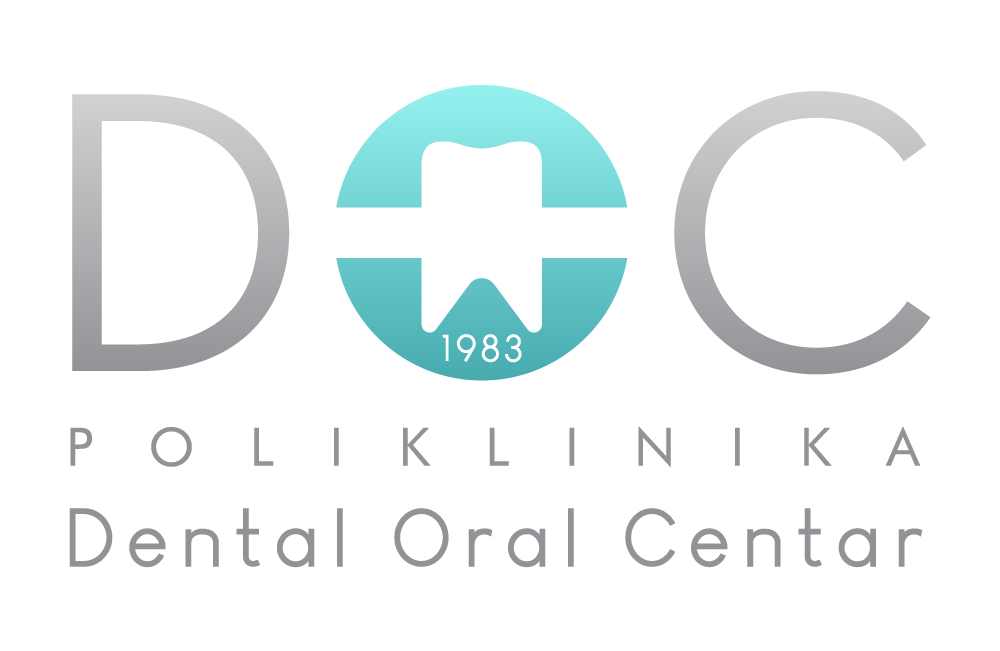WHEN IS NERVE REMOVAL NECESSARY AND WHAT IS THE PROCEDURE?
It happens that some people almost suddenly feel pain in the jaw, and they do not know which tooth hurts them. Often such pain spreads throughout the jaw, sinuses, or even the ear.
Those can be one of the sure signs that the dental pulp is inflamed. The dental pulp is the soft tissue of the tooth, which consists of nerves, connective tissue, and blood vessels. In this situation, if possible, dentists usually recommend treatment of the nerve. The last solution is nerve removal to prevent further tooth decay and to preserve it in the jaw.
What is a dental nerve?
The dental nerve refers precisely to the dental pulp that keeps it alive and is the most vital part of the tooth. It is located in the root canal and specific space of the tooth crown. A layer of dentin protects it from bacteria and infections.
The dental nerve has a crucial role in tooth development. Once the tooth erupts on the surface, its prime function is to provide the ability to detect hot and cold. The tooth can function unhindered even without the dental nerve. If the dental nerve is extracted, the tooth becomes more brittle, sensitive, and more prone to breakage.
HOW DOES NERVE DAMAGE OCCUR?
If there is a negative impact of external factors or improper oral hygiene, dentin (tooth enamel) can be damaged. Bacteria reach the deeper layers of the teeth and cause inflammation of the pulp (dental nerve). In addition, this can lead to other problems.
If an infection occurs, dental treatment or nerve necrosis and extraction should start as soon as possible.
When is dental nerve extraction necessary?
Removal of the dental nerve, professionally called endodontic therapy, refers to the extraction, soothing inflammation, and then removing the nerve. Although many patients are scared at the very mention of this procedure because it seems like a painful process, it is not. With anesthetics and professional dentists who perform the procedure, it is performed in a short time and is painless.

The extraction of the dental nerve is performed in deep caries, which passed from the upper layers of dentin to the deeper layers and reached the pulp. Because the pain in the tooth occurs, a person calms the pain with medication and thus ignores it for a long time. Caries penetrates deeper and deeper into the tooth and causes inflammation.
If it does not stop, gangrene and pulp necrosis can occur. Unpleasant breath, severe pain that returns, and the tooth that begins to change color often accompany this condition. Even when a nerve dies in the middle of an infection, a dentist must remove it. It will prevent the infection from further spreading to surrounding teeth and tissues.

What is the procedure?
Endodontic therapy begins by cleaning the root canal from infection, removing damaged tissue affected by caries, and removing the dental pulp (nerve). After that, the root cavity is disinfected and filled with special pastes and closed with dental cement. All this is done under local anesthesia, so the patient does not feel pain. After that, the dentist places a filling, and if the crown of the tooth is damaged, he/she replaces it with a metal-free crown.
HOW TO PREVENT tooth NERVE Damage?
In addition to a suitable toothbrush and toothpaste, use dental floss and interdental brushes to prevent such problems from occurring. They will thoroughly remove all food debris from the interdental space. Take care to avoid foods and beverages that damage tooth enamel and, of course, visit the dentist regularly for preventive check-ups where potential problems can be spotted even before they develop.
If you have any questions regarding oral health or want to schedule an examination, we are waiting for you in Belgrade at Trstenjakova 3 Street. You can also contact us by phone and schedule your check-up.



